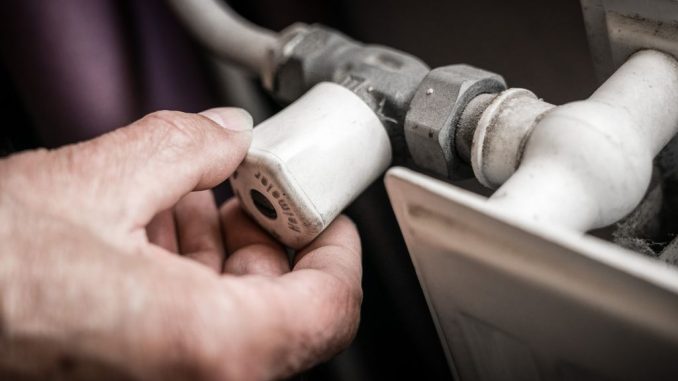
Introduction
Energy consumption per Dutch person fell to 154 gigajoules last year, the lowest level since 1970. This is mainly because people used less gas due to the war in Ukraine, reports the Central Bureau of Statistics. The year before, consumption was 173 gigajoules.
Netherlands’ Dependency on Energy from Abroad
In 2022, the Netherlands was 77 percent dependent on energy from abroad. Since the opening of the State Mines in Limburg in 1906, that percentage has not been so high. Since this month, the gas tap closed in Groningen because of the earthquakes in that region.
Declining Energy Consumption per Capita
Energy consumption per capita was highest between 1995 and 2010 and has been declining despite population growth since 2013 as homes and cars became more efficient. The milder winters also play a role in reducing energy consumption.
Impact of Energy Prices
Energy prices rose sharply, especially after the Russian invasion of Ukraine. As a result, people used less energy for fear of a high bill. Energy prices have now fallen considerably.
Moving Towards Renewable Energy Sources
Until 2018, more than 90 percent of the energy consumed in the Netherlands came from fossil fuels. However, last year this was reduced to 83 percent. Dutch government policies and investments in renewable energy sources have contributed to this transition.
Conclusion
The decrease in energy consumption per capita to 1970 levels is a positive sign for the Netherlands. It reflects a combination of factors such as decreased gas usage, improved energy efficiency, milder winters, and a shift towards renewable energy sources. The country’s dependency on energy from abroad is a challenge that needs to be addressed to ensure energy security and sustainability in the long run.

Be the first to comment